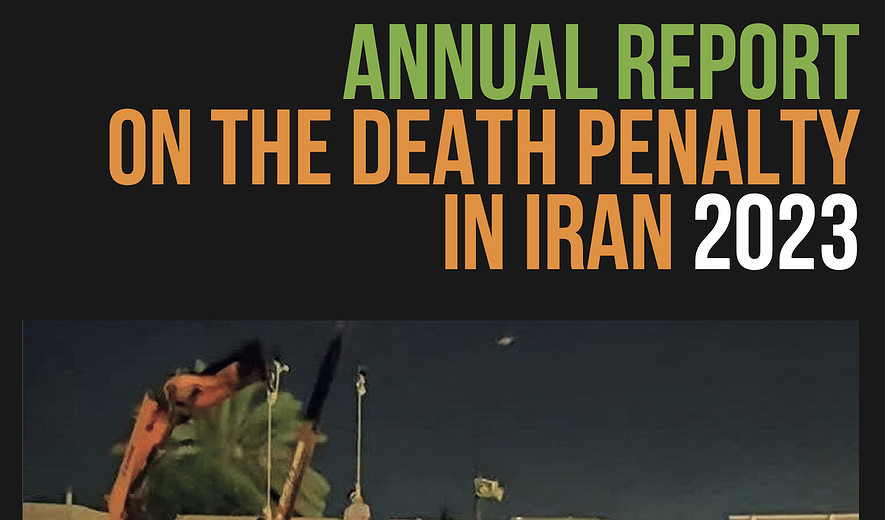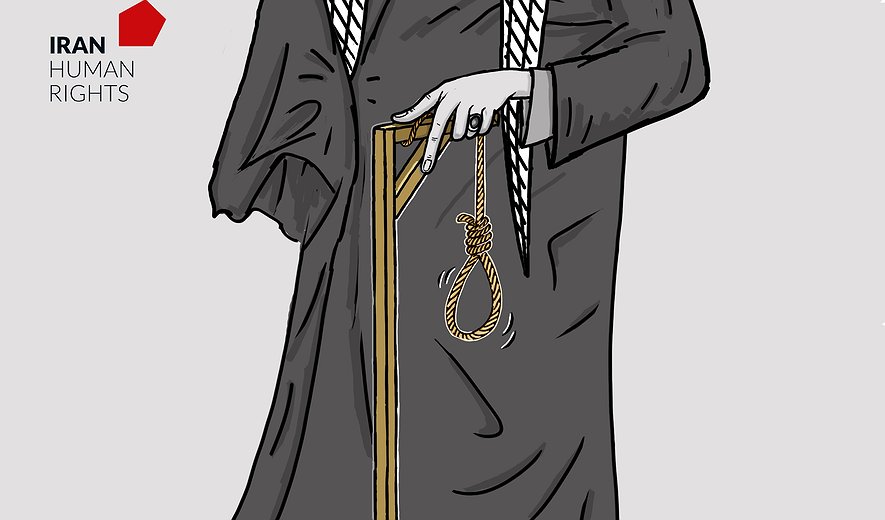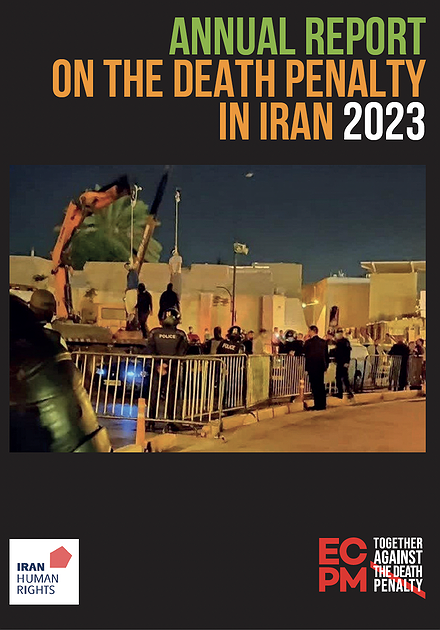Juvenile Offenders Executed in 2023
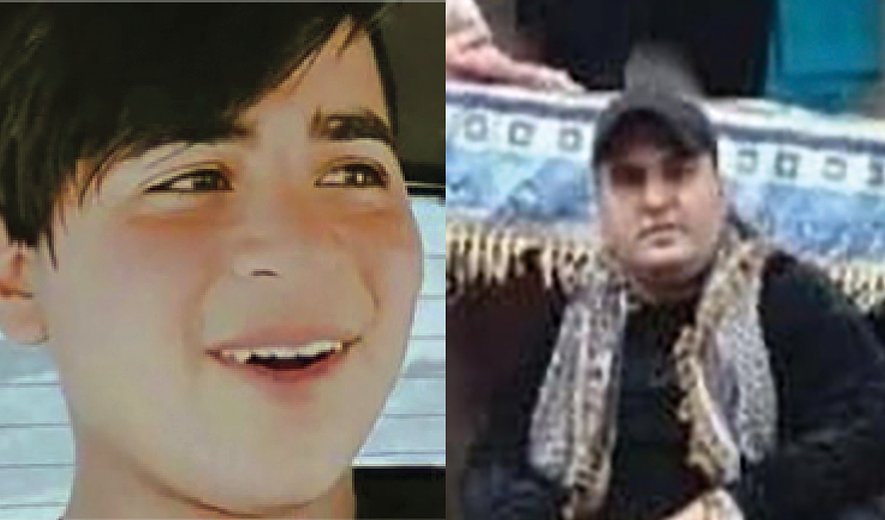
This is an extract from the 2023 Annual Report on the Death Penalty in Iran. To read the full report, please click here.
Juvenile executions: Trends and legislative reforms
Iran is one of the last remaining countries to sentence juvenile offenders to death and executes more juvenile offenders than any other country in the world. In violation of the International Convention on the Rights of the Child (CRC), which Iran has ratified, Iranian authorities executed at least two juvenile offenders in 2023. According to Iran Human Rights’ reports, at least 70 juvenile offenders were executed between 2010 and 2023 in Iran.[1]
Due to lack of transparency in the Iranian Judiciary, there is no information about the number of juvenile offenders on death row in Iranian prisons. However, according to a 2021 report by UN experts, at least 85 juveniles could be on death row in Iranian prisons.[2]
The international pressure on Iran on this matter increased during the 2000-2010 decade. As a consequence of the criticism from the international community and domestic civil society, Iran made changes regarding juvenile offenders in the 2013 Islamic Penal Code (IPC). However, these changes have not led to a decrease in the number of juvenile executions. The 2013 IPC explicitly defines the “age of criminal responsibility” for children as the age of maturity under Sharia law, meaning that girls over 9 lunar years of age and boys over 15 lunar years of age are eligible for execution if convicted of “crimes against God” (such as apostasy) or “retribution crimes” (such as murder). Article 91 of the IPC states that juvenile offenders under the age of 18 who commit hududor qisas offences may not be sentenced to death if the judge determines the offender lacked “adequate mental maturity and the ability to reason” based on forensic evidence.[3] The article allows judges to assess a juvenile offender’s mental maturity at the time of the offence and, potentially, to impose an alternative punishment to the death penalty on the basis of the outcome. In 2014, Iran’s Supreme Court confirmed that all juvenile offenders on death row could apply for retrial.
However, Article 91 is vaguely worded and inconsistently and arbitrarily applied. Between 2016 and 2023, Iran Human Rights identified 21 cases where the death sentences of juvenile offenders were commuted based on Article 91. In the same period, at least 31 juvenile offenders were executed according to Iran Human Rights’ reports and several remain at risk of execution. It seems that Article 91 has not led to a decrease in the number of juvenile executions. The Iranian authorities must change the law, unconditionally removing all death sentences for all offences committed under 18 years of age.
According to the report of the UN Secretary-General on the situation of human rights in the Islamic Republic of Iran published in August 2021 at the 76th session of the UN General Assembly: “While article 91 of the Penal Code gives judges the discretion to exempt children from the death penalty, the continued imposition of death sentences for child offenders shows that that article has failed to have a significant impact.” He further stated that: “the application of the death penalty on child offenders calls for a revision of the Penal Code to prohibit the imposition of the death penalty on individuals who were under 18 years of age at the time of the alleged crime, as well as the abolition of the death penalty.”[4]
In his October 2022 report to the 77th session of the UN General Assembly, the UN Secretary-General called on Iran’s government to “prohibit the execution of child offenders in all circumstances and to commute their sentences.”[5]
International human rights mechanisms have also repeatedly called on Iran to put an end to the execution of juvenile offenders. When Michelle Bachelet, the UN High Commissioner for Human Rights, criticised the Islamic Republic’s use of the death penalty in June 2021, stating that “over 80 child offenders are on death row,” it was dismissed by Islamic Republic officials. Deputy for International Affairs at Iran’s High Council for Human Rights told AFP that the Islamic Republic uses the death penalty “three to four times a year” and that such uses of the death penalty “are not a symbol of violations of human rights.”[6] He also called the criticism “unfair.”[7] Stating that 85 juvenile offenders were on death row in Iran, a resolution passed in the European Parliament in February 2022 called on Iran to “urgently amend Article 91 of the Islamic Penal Code of Iran to explicitly prohibit the use of the death penalty for crimes committed by persons below 18 years of age, in all circumstances and without any discretion for judges to impose the death penalty or life imprisonment without the possibility of release.”[8]
In November 2023, the UNGA expressed “serious concern at the continued imposition of the death penalty by the Islamic Republic of Iran against minors, and urges the Islamic Republic of Iran to cease the imposition of the death penalty against minors, including persons who were under the age of 18, at the time of their offence, in violation of the ICCPR and to commute the sentences for child offenders on death row.”[9]
In his 2022 report, Javaid Rehman, the UN Special Rapporteur on the Situation of Human Rights in the Islamic Republic of Iran, called on the Islamic Republic to “Urgently amend legislation to prohibit the execution of persons who committed a crime while under the age of 18 years, and urgently amend legislation to commute all death sentences for child offenders on death row.”[10] In 2023, he noted that “Iranian authorities have continued to execute persons sentenced as children in violation of the State’s international obligations under the Convention on the Rights of the Child and the ICCPR.”[11]

Juvenile offenders executed in 2023
Ali Najafi
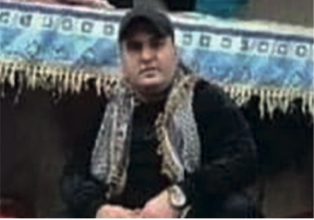
24-year-old Ali Najafi from Kouhdasht was sentenced to qisas for the murder of his cousin (maternal uncle’s son), which he insisted was an accident. He was 17 years old at the time of offence. Ali was taken back and forth to the gallows nine times and despite his father offering a $2.25 million diya, his uncle insisted on his retribution. Ali was executed in Khorramabad Central prison on 27 September 2023.[12]
Hamidreza Azari
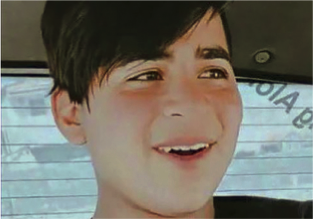
Hamidreza Azari was born on 1 August 2006 and was alleged to have committed murder on 28 April 2023, when he was 16 years old. In aired forced confessions following his arrest and state media reports, his age was given as 18, a deliberate attempt to evade accountability for violating international laws. Hamidreza was executed in Sabzevar Prison on 24 November 2023 when he was just 17 years old.[13]
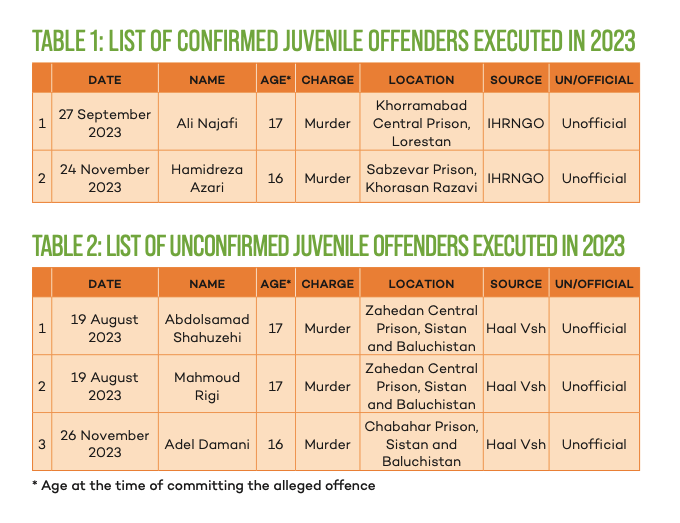
[1] Iran Human Rights Execution Counter: https://iranhr.net/en/
[2] https://www.ohchr.org/en/press-releases/2021/12/iran-un-experts-say-executions-child-offenders-must-stop
[3] https://undocs.org/A/68/377. See also Iran Penal Code (2013), Art. 91
[4]A/HRC/47/22, https://digitallibrary.un.org/record/3928681?ln=en#record-files-collapse-header
[5] A/77/525, https://documents.un.org/api/symbol/access?j=N2263251&t=pdf
[6] https://www.france24.com/en/live-news/20210630-iran-says-executing-child-offenders-not-a-rights-violation
[7] https://iranhr.net/en/articles/4786/
[8] https://www.europarl.europa.eu/doceo/document/TA-9-2022-0050_EN.html
[9] A/RES/78/220, https://documents.un.org/api/symbol/access?j=N2342162&t=pdf
[10] A/HRC/49/75, https://undocs.org/A/HRC/49/75
[11] A/HRC/52/67, https://www.ohchr.org/en/documents/country-reports/ahrc5267-situation-human-rights-islamic-republic-iran-report-special
